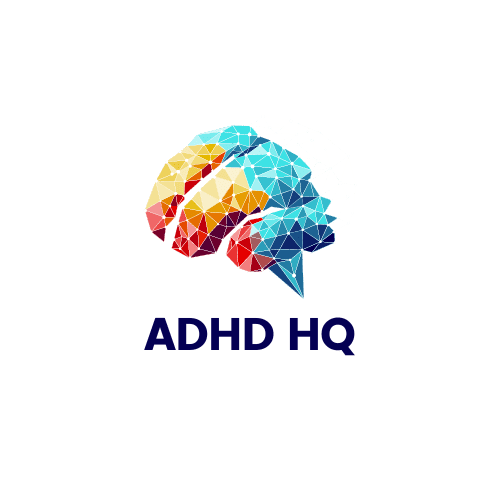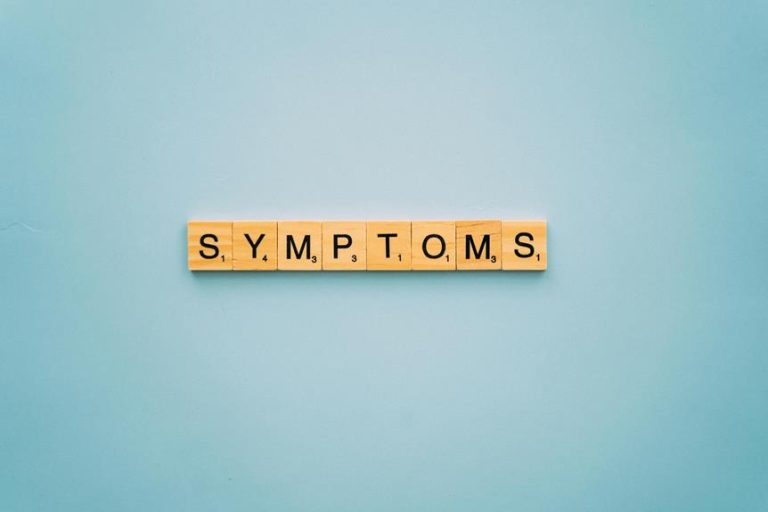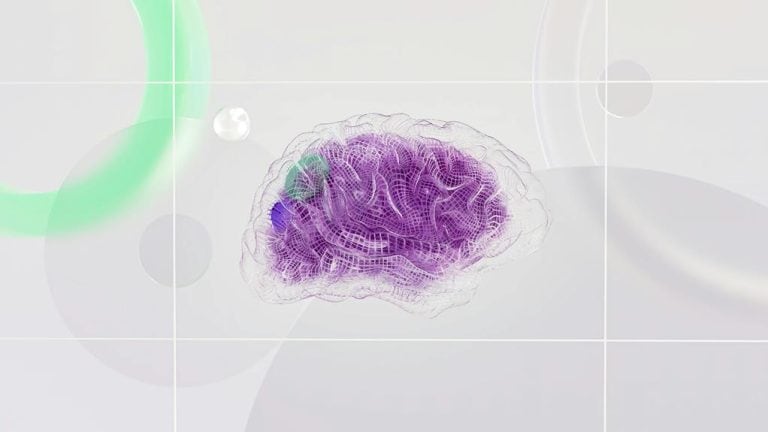Trauma and Adhd Venn Diagram
Coincidentally, have you ever pondered the intricate connection between trauma and ADHD? The intersection where these two conditions meet holds a wealth of insights into the complexities of mental health.
As we explore the nuances of their overlap and distinctions, we may uncover profound implications for individuals' well-being.
Stay tuned to unravel the layers of how trauma and ADHD intertwine, offering a fresh perspective on support strategies and intervention approaches for those managing this complex terrain.
Key Takeaways
- Trauma exacerbates ADHD symptoms, impacting attention and behavior.
- Emotional dysregulation is challenging for individuals with both ADHD and trauma.
- Overlapping symptoms complicate diagnosis and treatment approaches.
- Tailored interventions are crucial for understanding and supporting unique experiences.
Exploring Trauma and ADHD Intersection
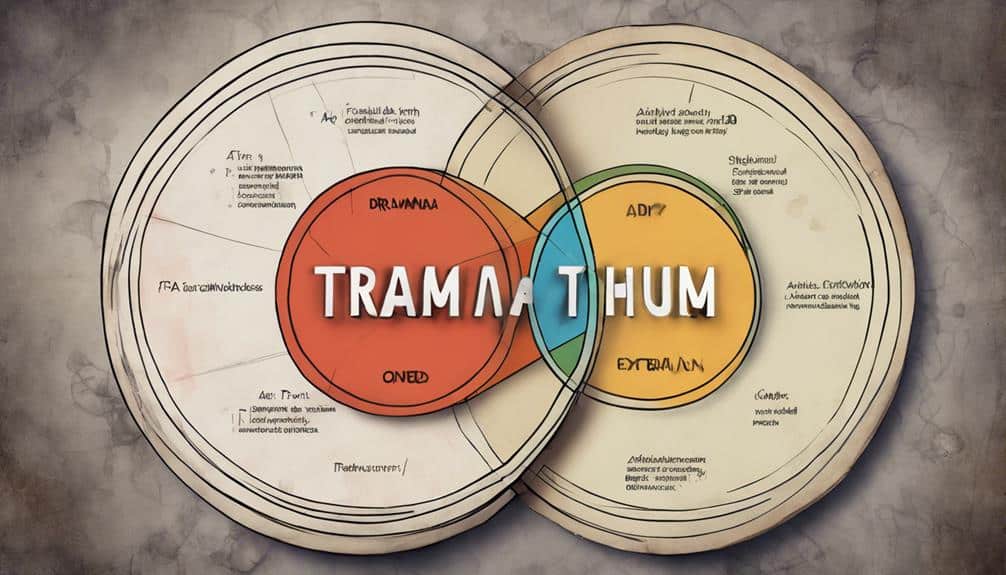
In exploring the intersection of trauma and ADHD, it becomes evident that their coexistence markedly impacts cognitive functioning and emotional regulation. Trauma and ADHD often intertwine, with traumatic events potentially intensifying ADHD symptoms. This coexistence can lead to challenges in managing emotions, focusing on tasks, and regulating impulses. Individuals with ADHD may also be more susceptible to experiencing traumatic events due to impulsivity and risk-taking behaviors associated with the condition.
Understanding this intersection is essential for accurate diagnosis and effective treatment. It's important to contemplate how trauma may exacerbate ADHD symptoms and how addressing both aspects is critical for thorough care. By recognizing the impact of trauma on cognitive functioning and emotional regulation in individuals with ADHD, healthcare providers can tailor interventions to address these specific needs. This approach can lead to more targeted and successful treatment strategies that take into account the complex interplay between trauma and ADHD.
Symptoms Overlap and Distinctions

Exploring the complexities of symptom overlap and distinctions between trauma and ADHD requires a vital understanding of their unique manifestations and shared characteristics. While symptoms like restlessness and impulsivity can be present in both conditions, traumatic experiences often give rise to distinct physical and emotional symptoms not commonly associated with ADHD. These exclusive trauma symptoms may encompass nightmares, physical pain, and intense emotional reactions, setting them apart from typical ADHD presentations.
In adults, the effects of trauma can persist, contributing to a potential overlap with ADHD symptoms. It becomes vital for accurate diagnosis and effective treatment to differentiate between these two conditions. Recognizing the nuances in physical and emotional symptoms can aid in tailoring interventions that address the specific needs of individuals dealing with trauma, ADHD, or both. By carefully examining the symptomatology and considering the individual's history, healthcare professionals can offer more personalized and targeted support to help alleviate the challenges posed by these complex conditions.
Impact on Individuals' Experiences
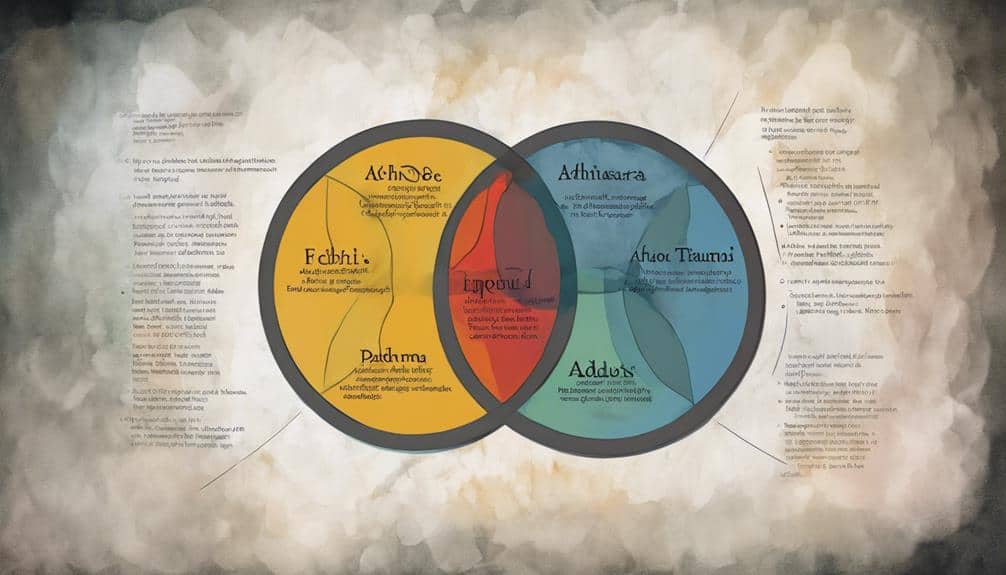
Understanding the profound influence of trauma and ADHD on individuals' experiences is essential in providing tailored support and interventions. The co-occurrence of ADHD and childhood trauma can have a major impact on an individual's daily life through a range of challenges. Here are five key points to take into account:
- Traumatic experiences can worsen ADHD symptoms, leading to difficulties in attention and behavior regulation.
- Emotional dysregulation and stress management may become more challenging for individuals with both ADHD and a history of trauma.
- The complex interplay of trauma and ADHD symptoms can affect executive functioning and contribute to behavioral challenges.
- Post-traumatic stress disorder (PTSD) may further intensify ADHD symptoms, impacting social interactions and academic performance.
- Tailored interventions focusing on understanding the unique experiences of individuals with ADHD and trauma are vital for effective support and improving overall well-being.
Understanding Trauma-ADHD Dynamics
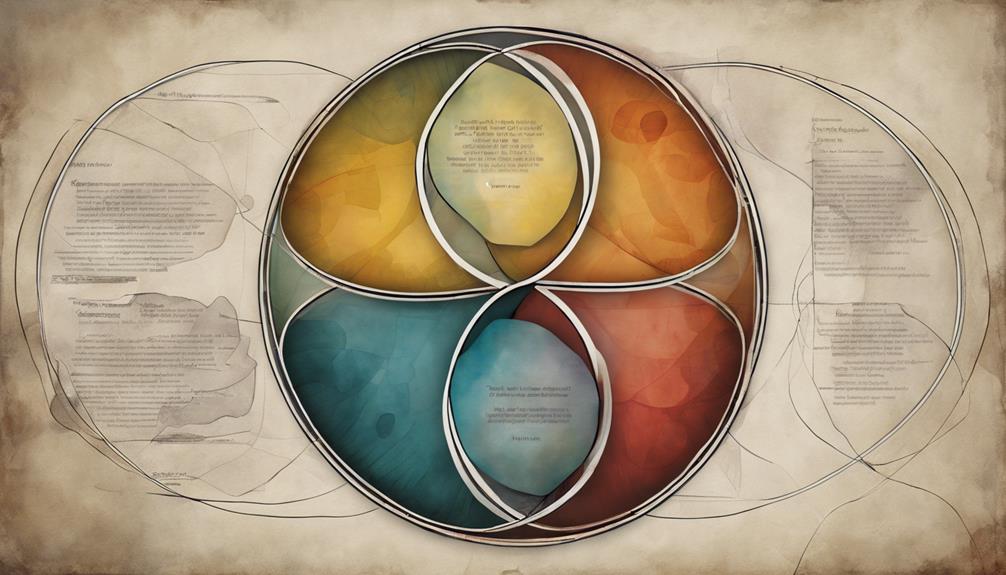
Moving from the impact on individuals' experiences, the intricate interplay between trauma and ADHD reveals significant insights into how these conditions influence each other.
Children with ADHD are more susceptible to experiencing traumatic events, which can further exacerbate their ADHD symptoms. Stressful life events, such as abuse or neglect, can lead to the development of PTSD in children with ADHD, intensifying their challenges.
The association between trauma and ADHD is intricate, with trauma not directly causing ADHD but influencing its manifestation. The impact of trauma on neurodevelopment can heighten inattention, hyperactivity, and impulsivity in children with ADHD.
This overlapping of symptoms can make it challenging to differentiate between trauma-related behaviors and core ADHD symptoms, complicating diagnosis and treatment. Understanding the dynamics between trauma and ADHD is vital for implementing tailored interventions that address both conditions effectively, highlighting the need for a thorough and holistic approach to supporting children with these co-occurring challenges.
Venn Diagram Visualization Insights
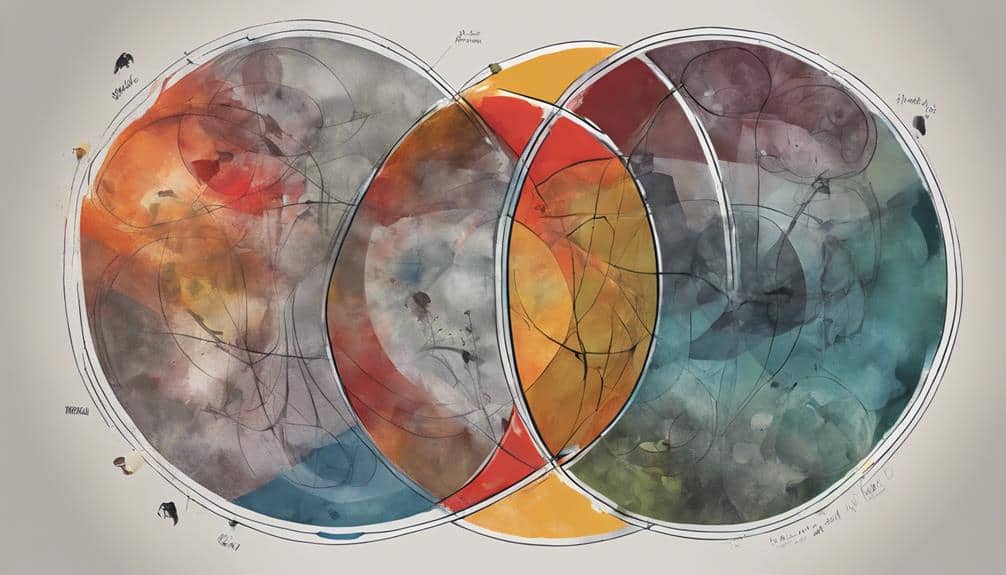
As I examine the overlapping symptoms analysis and compare treatment approaches between trauma and ADHD in the Venn diagram, valuable insights emerge. This visualization tool allows for a side-by-side comparison that highlights commonalities and distinctions between the two conditions.
Through this structured analysis, professionals and individuals can gain a deeper understanding of how trauma and ADHD intersect and diverge in symptomatology and treatment strategies.
Overlapping Symptoms Analysis
Exploring the shared symptoms between trauma and ADHD through a Venn diagram analysis reveals significant overlap in restlessness and impulsivity. When analyzing the intersection of these conditions, it becomes evident that certain manifestations are common to both, blurring the lines between the two diagnoses.
In addition to restlessness and impulsivity, individuals may experience a range of symptoms that contribute to the complexity of differentiating trauma from ADHD. Some key points to contemplate include:
- Physical manifestations that can be present in both trauma and ADHD.
- Intense emotional responses that may stem from either trauma or ADHD.
- Recurring nightmares, which are often associated with the aftermath of trauma.
- The lasting impact of trauma into adulthood, influencing symptom overlap with ADHD.
- The utility of a Venn diagram in elucidating the intricate relationship between trauma and ADHD symptoms.
Treatment Approach Comparison
Comparing treatment approaches for trauma and ADHD through a Venn diagram allows for a visual representation of the shared and distinct strategies utilized in managing these conditions. Behavioral therapy emerges as a common intervention for both trauma and ADHD, focusing on addressing behavioral patterns and coping mechanisms.
While medications such as stimulants play a role in managing ADHD symptoms, trauma therapy emphasizes processing adverse childhood experiences (ACEs) and stress-related events. Psychotherapy proves beneficial in uncovering and addressing underlying issues contributing to symptoms in both trauma and ADHD.
The Venn diagram can effectively showcase the overlap in therapeutic approaches, highlighting the importance of tailored interventions that consider the unique aspects of trauma and ADHD in childhood and beyond.
Navigating Care and Intervention Strategies
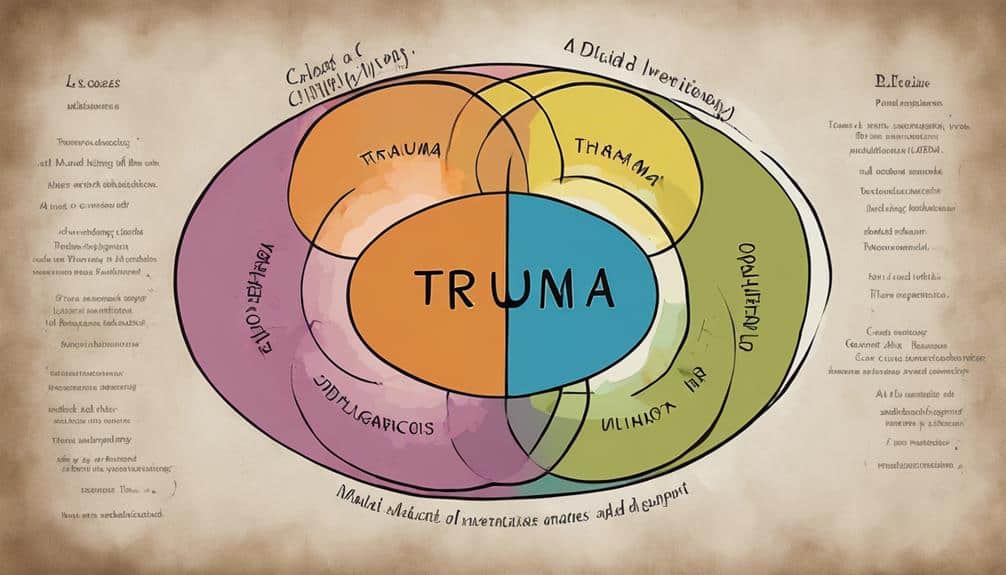
Exploring the intricate landscape of care and intervention strategies for individuals with trauma and ADHD requires a personalized and multi-faceted approach tailored to their specific needs and challenges. When addressing the associations between adverse childhood experiences and ADHD symptoms, implementing a personalized treatment plan becomes essential. Here are key points to take into account:
- Collaborative Care Teams: Involving mental health professionals, educators, and other specialists can provide thorough care.
- Trauma-Informed Practices: Incorporating trauma-informed approaches into interventions can lead to improved outcomes and healing.
- Behavioral Interventions: Utilizing behavior modification techniques can help individuals manage symptoms effectively.
- Medication Management: Properly prescribed medications can assist in alleviating ADHD symptoms and addressing trauma-related issues.
- Early Intervention: Providing support and interventions early on can mitigate the long-term effects of traumatic experiences and ADHD.
Enhancing Support for Dual Diagnosis

Enhancing support for individuals with dual diagnoses of ADHD and trauma involves a thorough and tailored approach to address the unique challenges presented by both conditions simultaneously. When dealing with the intersection of ADHD and trauma, it's important to take into account the impact of adverse childhood experiences, as they can contribute to the development and exacerbation of both conditions. Understanding the association between posttraumatic stress, ADHD, and trauma exposure is essential in formulating effective treatment plans.
Therapeutic approaches for dual diagnosis focus on managing symptoms such as impulsivity, hyperactivity, emotional dysregulation, and intrusive thoughts. By enhancing coping skills and promoting healing, individuals can work towards better outcomes in their recovery journey. Collaborative care among mental health professionals, caregivers, and the individuals themselves plays a crucial role in providing holistic support. This collaborative effort ensures that interventions are thorough, tailored, and address the multifaceted needs of those with co-occurring ADHD and trauma.
Frequently Asked Questions
How Can You Tell the Difference Between ADHD and Trauma?
Differentiating between ADHD and trauma involves understanding symptoms, diagnostic criteria, childhood experiences, behavioral patterns, neurological differences, coping mechanisms, emotional regulation, treatment options, impact on relationships, and educational challenges. Seeking professional guidance is essential for accurate diagnosis and support.
What Are the Similarities of ADHD and Trauma?
In examining similarities between ADHD and trauma, both conditions can impact brain chemistry, behavioral patterns, emotional regulation, and cognitive functioning. Coping mechanisms, social interactions, attention span, impulse control, hyperarousal symptoms, and executive functioning may also overlap, influencing individuals' experiences.
What Are the Dark Side of Adhd?
The dark side of ADHD involves struggles with impulse control, emotional regulation, cognitive functioning, hyperactivity consequences, social relationships, executive functioning, self-esteem impact, behavioral challenges, and academic struggles. Treatment approaches can help manage these challenges effectively.
What Trauma Leads to Adhd?
Childhood experiences, including trauma, can impact brain development, exacerbating genetic predispositions for ADHD. Trauma affects coping mechanisms, emotional regulation, and cognitive functioning, leading to behavioral patterns influenced by environmental and neurobiological effects, ultimately shaping social interactions.
Conclusion
As we navigate the intricate web of trauma and ADHD, it becomes clear that these two conditions aren't isolated islands, but rather interconnected domains shaping individuals' experiences.
Like a delicate dance between light and shadow, the Venn diagram of trauma and ADHD reveals the complexity of their intersection.
By recognizing the overlapping symptoms and unique impacts, we can better understand and support those grappling with the challenges of dual diagnosis.
